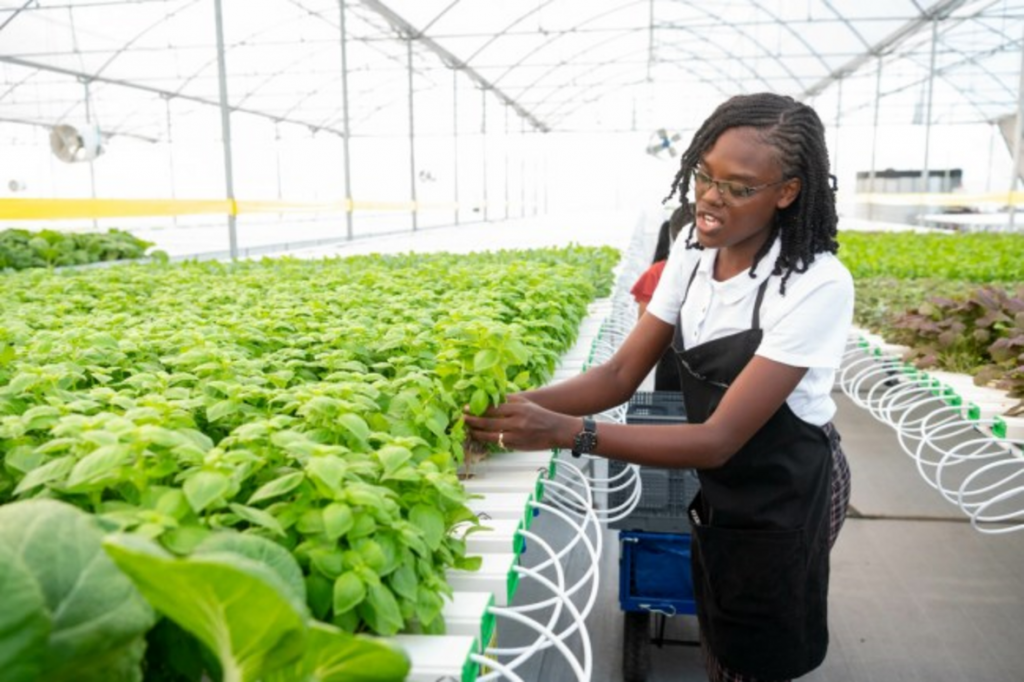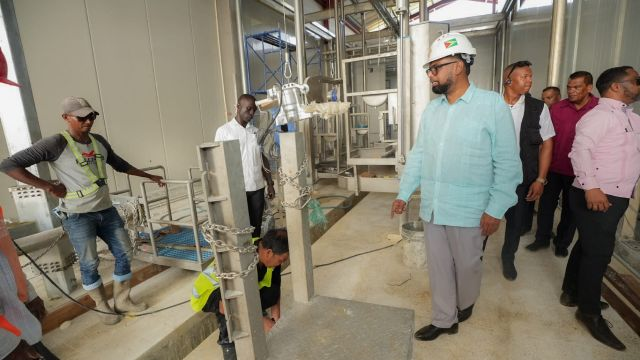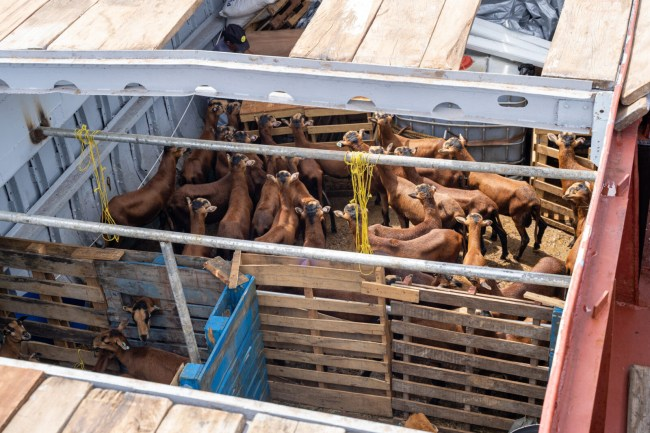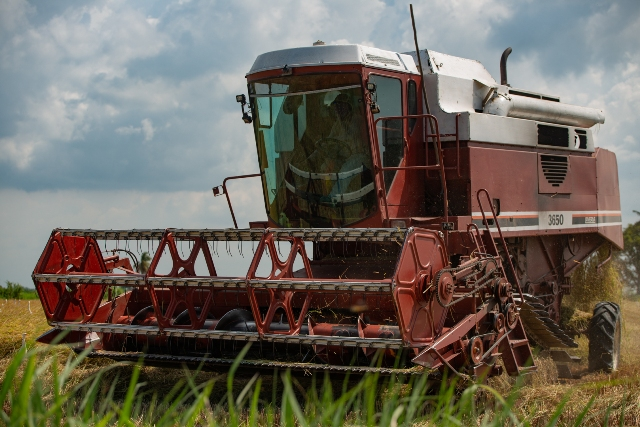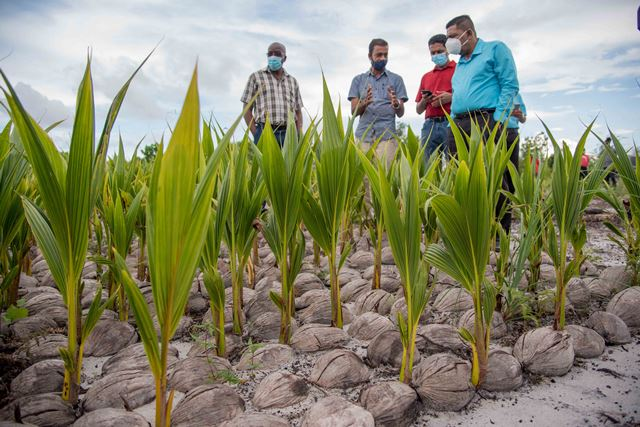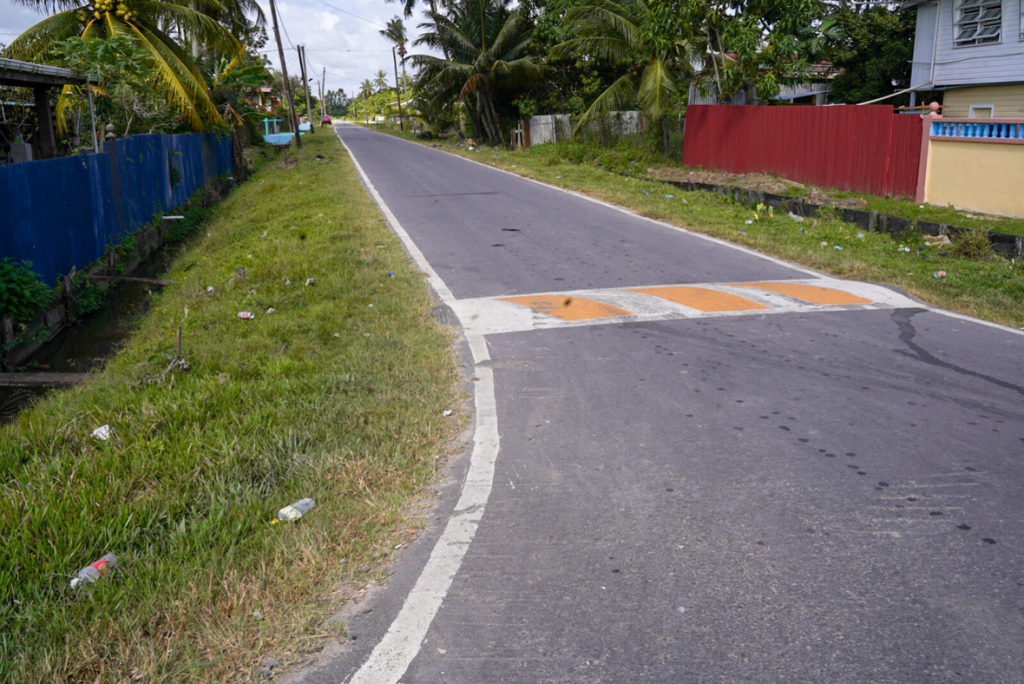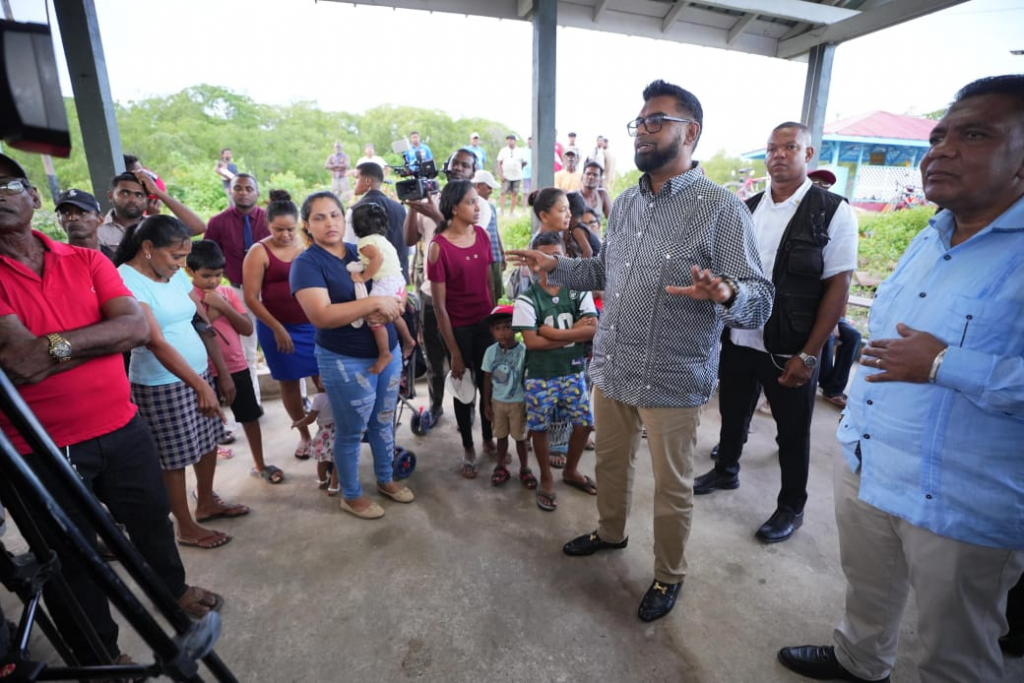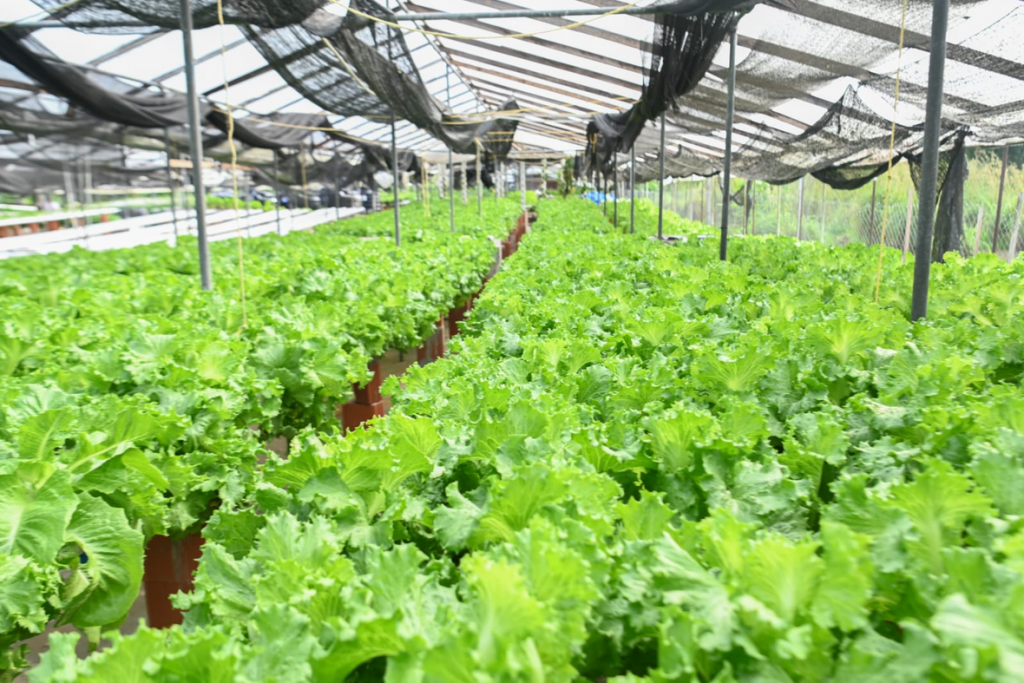By Compton Hinckson
Under the People’s Progressive Party Civic’s (PPP/C) stewardship over the past five years, Guyana’s agricultural sector has undergone a remarkable transformation, all of which is anchored in massive investments, infrastructural upgrades, technological innovation, and inclusive rural growth.
In its first budget, the government allocated $18.4 billion to revitalise agriculture, invested in infrastructure, technology and human capital. That commitment has only deepened, with a historic $104.6 billion allocated in 2025 to fuel the sector’s continued growth.
Guyana has made significant achievements by improving innovation, supporting farmers, and empowering youth and women in agriculture.
These achievements are not isolated. They form the bedrock upon which the PPP/C’s 2025–2030 strategy is built.
With Budget 2025 acting as a strategic springboard, the administration is set to scale up irrigation, unlock new lands, support farmers with financing and inputs, and institutionalise agro-processing across every region.
Strengthening livestock and meat production
A state-of-the-art $600 million abattoir at Onverwagt in Region Five is modernising Guyana’s meat processing capabilities to meet international standards. This newly constructed facility is set to open new doors for the country’s beef industry.
In addition to the abattoir, the government is working to bolster livestock production through new initiatives such as cultivating corn and soybeans and implementing artificial insemination (AI) techniques in cattle to improve the quality of breeding stock.
The blackbelly sheep initiative
One major project is bringing blackbelly sheep to Guyana. This effort aims not just to raise the number of livestock but to build a sustainable industry that supports families and communities.
The government has committed to increasing the blackbelly sheep population by more than 2,000 per cent in the coming years. By investing in high-quality breeds, embryo transfer, and the establishment of a feed mill, Guyana is positioning itself to become a key player in the regional and international sheep market.
This initiative is expected to provide new streams of income for farmers, reduce reliance on imported mutton, and create employment along the value chain, from rearing to processing.
Prawn production
Guyana is also making headway in aquaculture. Prawns production, which was launched in Region Five, has already gained momentum and is expected to reach a $1.5 billion industry by the end of 2025. This is part of a broader strategy to diversify the country’s food base and tap into high-value exports.
Farmers involved in the project are being supported with technical training, financing, and modern equipment. For many rural families, aquaculture represents a new opportunity that could boost their income and take advantage of global seafood demand.
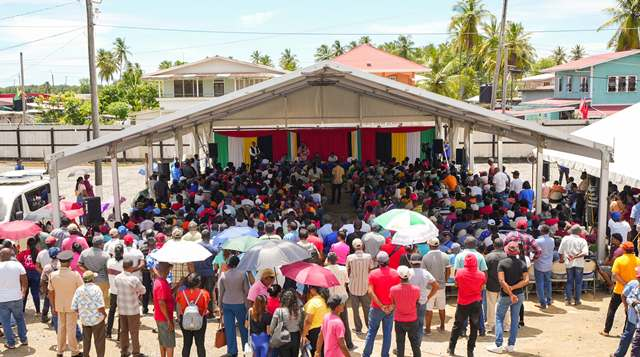
Supporting sugar workers and communities
Sugar has long been the backbone of Guyana’s agricultural sector; however, recognising the challenges faced by workers, the government has moved to ensure that sugar workers are not limited to one source of income.
Investments are being made in technology and mechanisation to ease the demands of the work, while new incentives are being rolled out to help sugar workers diversify into other ventures.
This approach preserves the dignity of sugar workers and helps communities remain vibrant and sustainable, ensuring no family is left behind in the country’s agricultural transformation.
Strengthening the rice industry
Rice remains one of Guyana’s major agricultural exports, feeding both domestic and international markets.
Over the past five years, significant resources have been invested in drainage and irrigation systems, new seed varieties, and extension services to improve yields.
Rice farmers have also benefitted from subsidies, technical support, and modernised farm-to-market roads that cut transportation costs and reduce spoilage.
Looking ahead, the government plans to further boost rice production with continued research into resilient varieties that can withstand climate pressures.
Coconut industry growth
The coconut industry has also gained prominence as part of the diversification agenda. Coconut water, oil, and other value-added products are in high demand both locally and internationally.
Farmers across the country have benefitted from programmes to expand coconut cultivation and improve processing facilities.
This is creating new opportunities for agro-processing entrepreneurs, particularly women and youth, who are exploring small businesses in packaged coconut products.
Corn and soybean cultivation
The cultivation of corn and soybeans has emerged as one of the most significant ventures in recent years. Once imported, these crops are now being produced locally, reducing dependency on external markets while strengthening Guyana’s food security.
Large-scale cultivation is being undertaken in the Intermediate Savannahs, where thousands of acres are being used for corn and soy production. These crops will serve as feed for livestock and poultry, while also opening avenues for export.
Farm-to-market roads and irrigation
Over $20 billion was invested into building farm-to-market roads, upgrading drainage and irrigation systems, and adopting climate-smart practices.
Better roads mean farmers can get their produce to markets quicker and at lower costs, while upgraded drainage and irrigation protect crops from floods and droughts.
These projects are not just investments in agriculture but in people’s livelihoods, making rural life more sustainable.
Spices and speciality crops: turmeric and cocoa
In addition to traditional crops, Guyana is also nurturing niche markets such as turmeric and cocoa. Farmers in regions such as Essequibo and Linden have started planting turmeric and cocoa for both local consumption and export potential.
These crops are high-value and represent opportunities for small farmers to participate in international markets.
With government support, these industries are expected to grow significantly, creating diverse options for farmers and expanding the country’s export profile.
Supporting fisherfolk
Fisherfolk are also seeing new investments that will modernise the industry. From providing assistance to replace boat engines, expanding fishing zones, and adopting new technology, the government’s interventions are aimed at making fishing safer, more efficient, and more profitable.
These measures ensure that coastal communities, many of whom depend on fishing, are not left behind in the agricultural transformation.
Plans and vision
Moving forward, President Dr Mohamed Irfaan Ali has announced bold initiatives for the next five years. These include expanded financing for farmers, improved access to international markets, and increased technical support.
The president emphasised that the government’s goal is to reduce production costs, empower farmers with tools, and ensure every Guyanese can benefit from the sector’s growth.
The path forward has been as clear: creating a fully integrated agricultural system that is modern, resilient, and capable of feeding both Guyana and the wider Caribbean.

